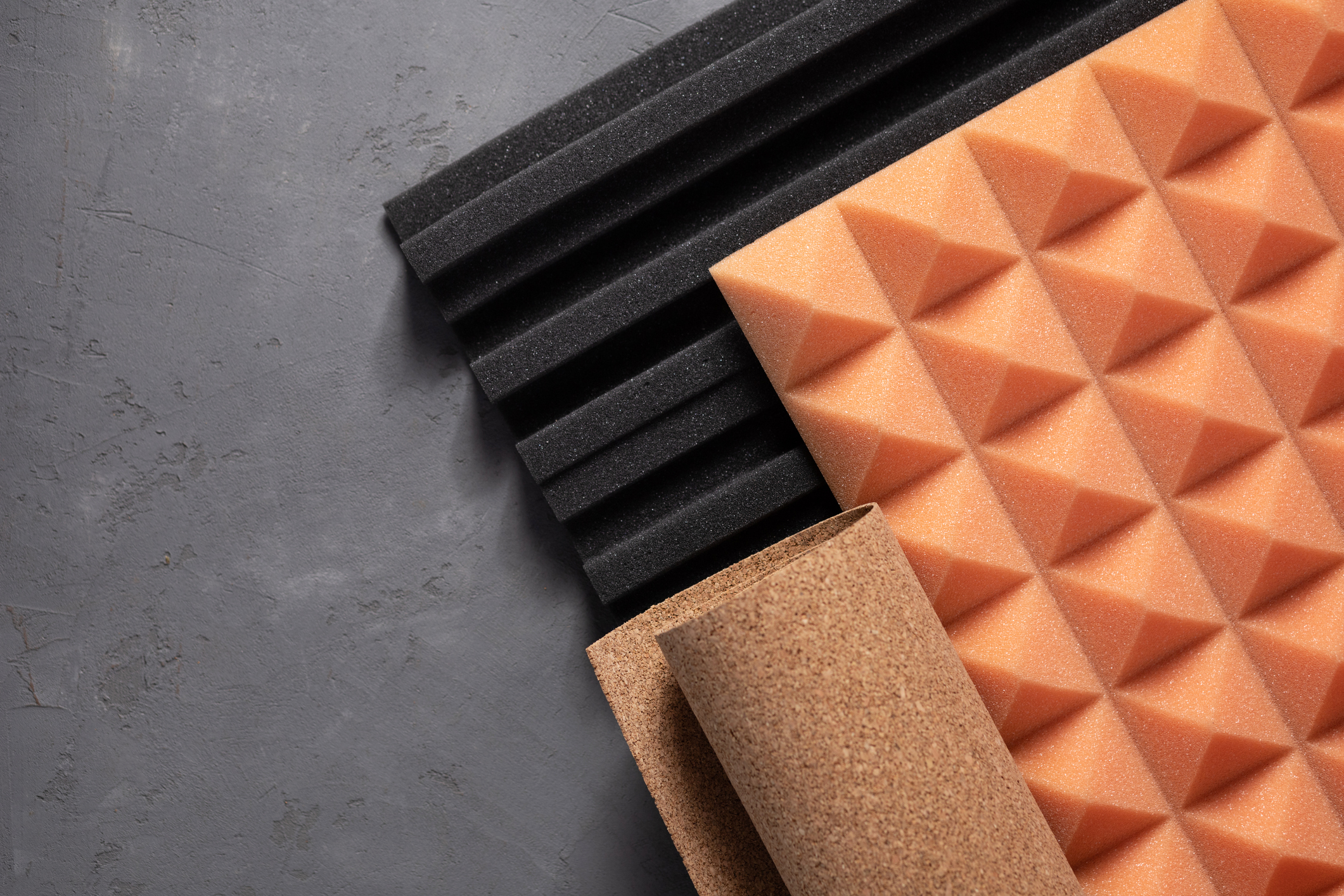
Medical tubing looks simple, but its material selection determines performance, safety and regulatory success. The right compound affects everything from...

Soundproofing materials stop noise from traveling through walls, ceilings, floors, doors, and windows. Incorporating acoustic insulation into your commercial building or facility enhances comfort and productivity by reducing unwanted disturbances.
In this blog, we discuss the benefits of commercial soundproofing and the different types of insulation and materials you can choose from to help soundproof your commercial buildings.
There are various benefits of commercial soundproofing, including:
Whether you need soundproofing solutions for a new construction project or want to retrofit an existing structure, Sur-Seal can help you select the proper acoustic insulation material for your application. Explore your options for creating a quieter, more efficient environment with one of our team members today.
There are many soundproofing materials available, with each offering unique benefits. The one you choose depends on your building’s structure and the noise reduction you’re looking for. Sur-Seal offers various acoustic insulation materials for diverse applications, including:
From acoustic sound barriers to custom-cut foam solutions, Sur-Seal has the ideal noise insulation product solution for your needs.
When soundproofing a commercial building, choosing a suitable material depends on the specific industry and application needs. For instance:
The Sound Absorption Average (SAA) rating indicates various acoustical materials’ average sound absorption performance. The 12 one-third octave bands used for SAA measurement typically include center frequencies spanning 200 Hz to 2500 Hz. They cover a range of audible frequencies and can help you determine how well a material will reduce noise and reverberation in the area you want to soundproof. For instance, materials with high SAA ratings help reduce machinery noise and improve working conditions in industrial settings.
A material’s Sound Transmission Class (STC) rating indicates how much sound a material can block. A similar but slightly different rating, the Noise Reduction Coefficient (NRC), tells you how well an acoustical product absorbs mid-range sound like human speech and office noise.
Noise is a fact of life, but you can take steps to control it. Soundproof acoustic insulation from Sur-Seal protects your commercial building or facility against unwanted noise while creating a more peaceful indoor space. For over 80 years, we’ve helped customers solve their soundproofing challenges, giving them peace of mind and quiet comfort.
Contact the Sur-Seal team today for more soundproofing tips or to request a quote.